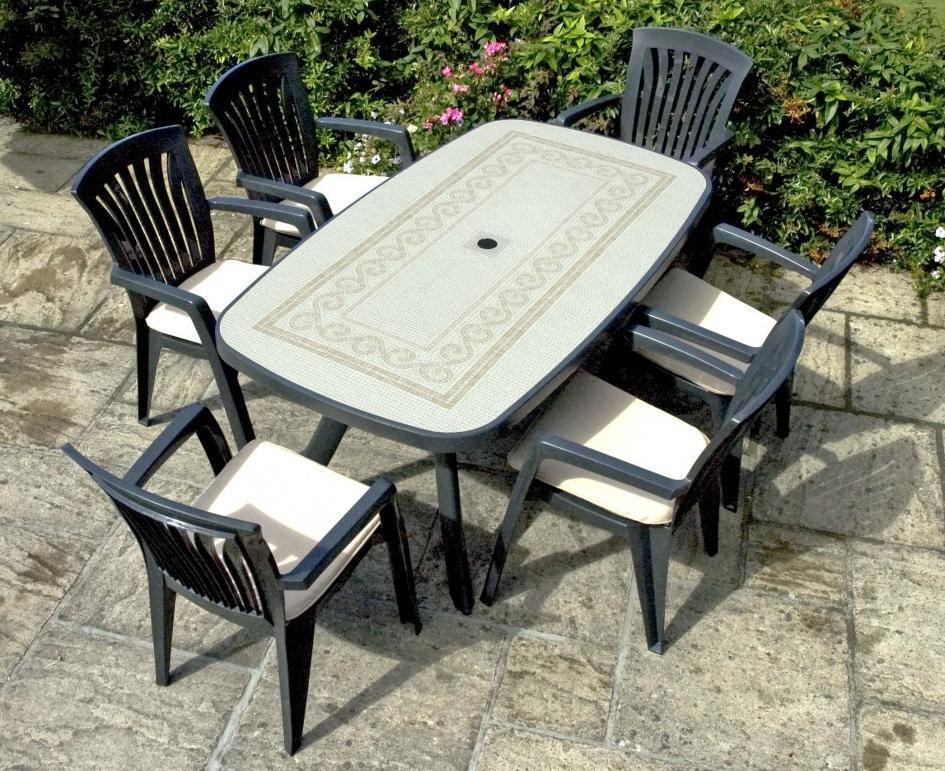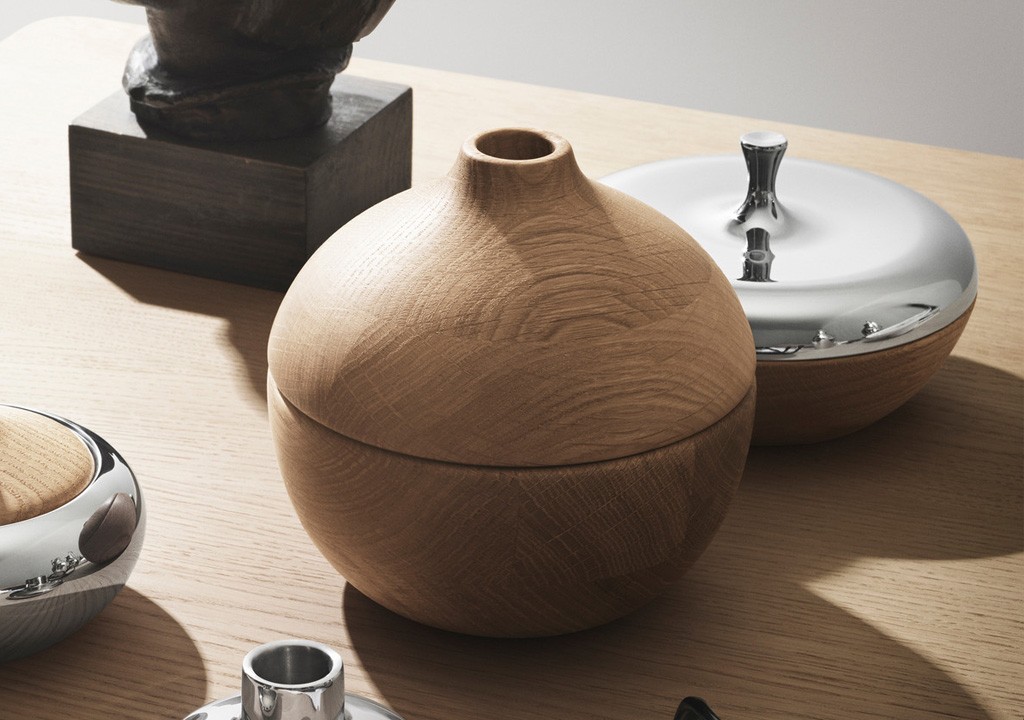Garden furniture needs special cleaning from time to time to keep it in good condition. Find the best tips here.
If you need to learn how to clean and maintain plastic garden furniture, we invite you to read this article to find out what you can and cannot do. Plastic garden furniture is a favorite because it is durable and low maintenance.
The most common models are those in white plastic. During the winter, these pieces of furniture are not used much, so they tend to accumulate dirt. Lack of maintenance causes the color change. Find out below how to find them like new.
Why clean plastic garden furniture?

In spring and summer, patio furniture is kept clean as we use it often. But when the days get colder, we stop using them and clean them regularly. This is when dirt accumulates.
These pieces of furniture are made of plastic and are highly resistant to different weather conditions and ultraviolet (UV) rays. However, when exposed to sunlight for a long time, they may crack and discolor.
Finally, remember that plastic is a porous material that accumulates germs. These germs proliferate thanks to the remains of organic matter, such as food waste.
The best tips for maintaining plastic garden furniture
It’s time to see the best ideas for protecting plastic furniture. You can enjoy it for a long time if you follow the following tips…
Method 1: detergent, acetone, and baking soda
This trio is foolproof when it comes to deep cleaning. Everyone contributes, and together they will make your plastic furniture look new. You will need 100 ml of dish detergent, 1 tablespoon baking soda, and 100 ml of acetone.
Mix the three ingredients in a container until you get a homogeneous mixture. Then, we suggest placing the preparation in a spray bottle to facilitate the application.
Spray the furniture with this liquid and rub the surface with a rough sponge. Then rinse thoroughly with water.
For stubborn stains, leave them on for 15 minutes before removing the product. If that’s not enough, moisten a cotton ball with acetone and wipe it over the stain.
This method is helpful for white plastic furniture. If yours are a different color, test on an inconspicuous area first, just in case.
Method 2: Coconut Soap, Baking Soda, and Hydrogen Peroxide
In this case, we will replace the detergent with coconut soap and the acetone with hydrogen peroxide. As you will see, bicarbonate is a constant, and you cannot do without it. Why? Because its grainy texture works as an excellent exfoliator, in addition to being a good whitener.
The proportions are the same as those of point 1 and the preparation method. In this case, let the product act for half an hour before rinsing.
Method 3: white vinegar, baking soda, and dishwasher
For this third alternative, we will use 100 ml of detergent, 100 ml of vinegar, 100 ml of water, and 1 tablespoon of baking soda. The procedure is the same as in the previous cases. Remember that the sponge you use should be rough.
Method 4: Ammonia
In this case, dilute ammonia in warm water and add detergent. It is important not to mix bleach, alcohol, and ammonia but to use them separately.
Whichever way you choose to clean the furniture, it is essential to wear gloves and safety glasses if necessary.
Method 5: high-pressure cleaning machine
This method never fails because the pressure exerted by the water on the furniture can eliminate almost all traces of dirt. If this is not enough, you can try one of the above methods.
Cleaning and maintenance of plastic garden furniture are possible.
You have just discovered different ways to clean and maintain the plastic garden furniture. During the warmer months, it is ideal for cleaning them after each use to avoid the accumulation of dirt.
Try to store them indoors, or at least cover them with a tarp, to avoid direct sunlight when not in use. Remember that although they resist different climatic conditions, they can suffer damage.










